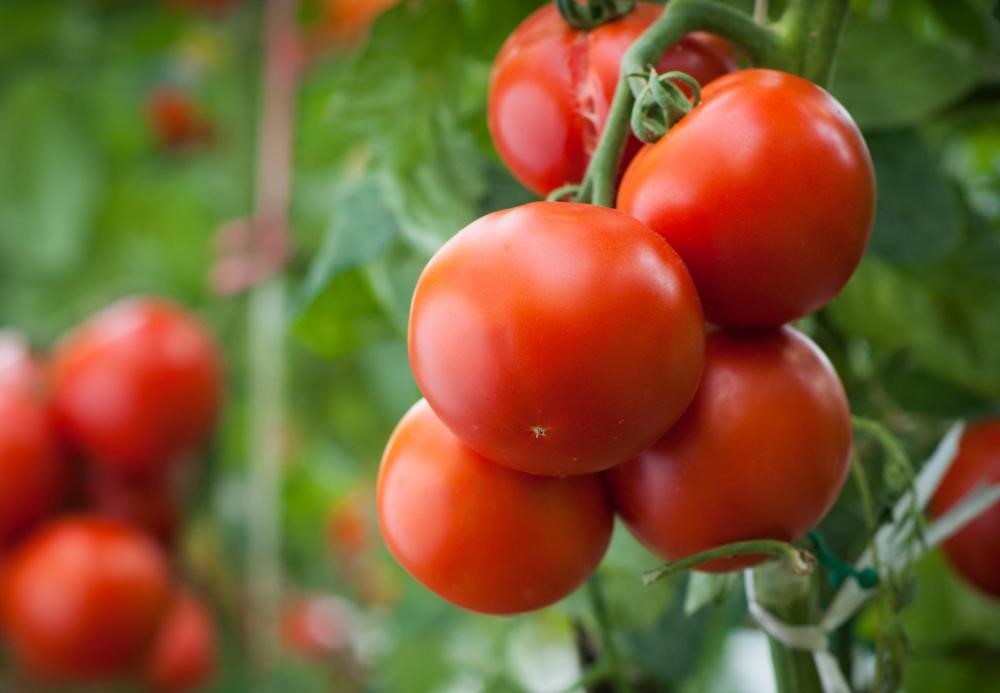Growing Tomatoes in Sandoval County

By Sam Thompson – SEMG 2008 – ‘The Tomato Maven’
There are three key challenges to growing tomatoes in Sandoval county: Low fertility soil, high temperatures, pests, and diseases. This month we’ll focus on the challenges of high temperatures and pests and diseases.
SUPPORTING TOMATOES THROUGH SUMMER HEAT
- Smaller tomato varieties do better in high heat
- Water in the morning
- Wilted plant in the afternoon – likely normal; Wilted plant in the morning needs water
- Water consistently to avoid blossom end rot
- Provide some shade for the tomato plants
- Mulch the plants
- In this heat if you only have flowers give them a shake to help
TOMATO DISEASES
- Curly Leaf Virus -spread by the Beet Leafhopper – stunts plant growth, leaves turn yellow and get leathery. No cure for CL; must pull out and toss all the diseased plants. Do not compost!
- Verticillium and Fusarium – both soil borne fungal disease. Lab test needed to determine which disease is present
PROTECTING TOMATOES FROM PESTS
- Inspect plants early in the day. Pick off and discard Tomato Horn worms. Tomato Fruit worms are small, striped and could be green, yellow, or brown
- Nematodes – microscopic worms that live in the soil and feed on the roots
- Use floating row covers – pest protection and light shade
- Grow disease resistant varieties
- Grow companion plants beside the tomatoes
COMPANION PLANTS FOR TOMATOES:
- Onions, carrots, chiles, asparagus, basil, chives, parsley, and garlic
- Cosmos, dill, alyssum, and California Bluebell, Plains Coreopsis and Buckwheat
- Consider using insectary plants to attract beneficial insects to feed on the harmful ones. https://aces.nmsu.edu/pubs/_h/H169/welcome.html
